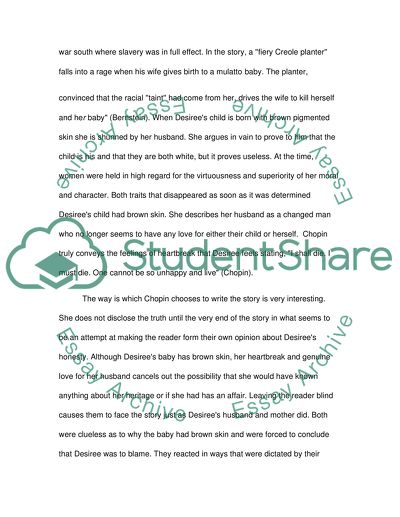Cite this document
(“Womens Rights Book Report/Review Example | Topics and Well Written Essays - 1500 words”, n.d.)
Retrieved from https://studentshare.org/miscellaneous/1523116-womens-rights-book-reportreview
Retrieved from https://studentshare.org/miscellaneous/1523116-womens-rights-book-reportreview
(Womens Rights Book Report/Review Example | Topics and Well Written Essays - 1500 Words)
https://studentshare.org/miscellaneous/1523116-womens-rights-book-reportreview.
https://studentshare.org/miscellaneous/1523116-womens-rights-book-reportreview.
“Womens Rights Book Report/Review Example | Topics and Well Written Essays - 1500 Words”, n.d. https://studentshare.org/miscellaneous/1523116-womens-rights-book-reportreview.


